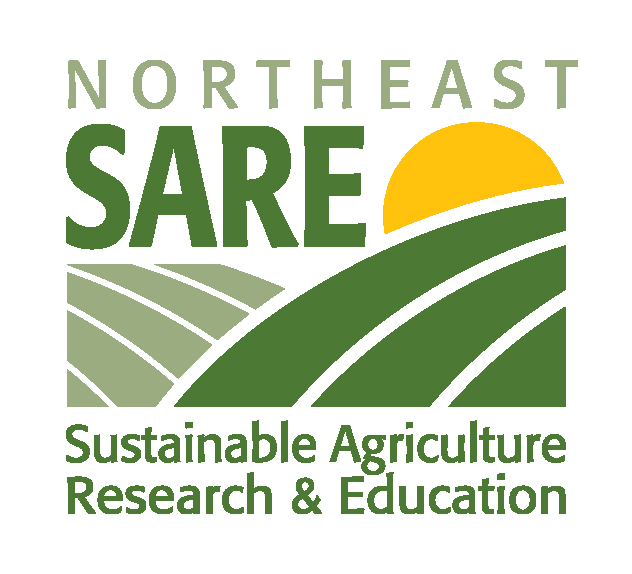
The Northeast Sustainable Agriculture Research & Education (SARE) program awarded HoneyApple Hill a grant for the 2024-2025 beekeeping seasons. Improving Apis mellifera Breeding Quality by Swarm Impulse Manipulation will explore the possibility of manipulating honey bee colonies such that the queen lays eggs directly into queen cups.
What inspired this line of research is the one-two impact of eggs that are laid directly into queen cups by the queen are larger than eggs laid in worker cells. These eggs produce bigger queens with more ovaioles (first impact). The maternal effect shows that larger queens make larger workers (second impact). Larger workers have the downstream effects of healthier hives.
In a nutshell, I will manipulate the following for this project:
- Create swarming conditions in single, 8-frame deeps and nuc boxes.
- Confine the queen to a single frame that has empty queen cups on it of three types: traditional JZBZ cups (inner diameter 8.5mm), 3D printed cups (ID 9mm), hand-dipped wax cups (ID 9.5mm). The frames will be entirely queen cups (ideal for commercial breeding), or queen cups mixed with worker cell comb that mimicking natural swarm situations.
- Identify conditions that encourage (or discourage) the queen laying in queen cups. Workers may ultimately dictate when/if a queen cell is charged. I expect to learn more about this during the course of this project.
- If the queen lays directly into queen cups, test how long the colony can maintain this condition to enumerate how many queen cells can be generated from one colony.
- Determine the monthly viability of a successful method from May through August.
Beekeepers swear by swarm queens when talking about “queen quality”. My ultimate goal is to find a commercially-viable process for swarm queen production.
This material is based upon work supported by the National Institute of Food and Agriculture, U.S. Department of Agriculture, through the Northeast Sustainable Agriculture Research and Education program under subaward number FNE24-102. Any opinions, findings, conclusions, or recommendations expressed in this publication are those of the author(s) and do not necessarily reflect the view of the U.S. Department of Agriculture.
